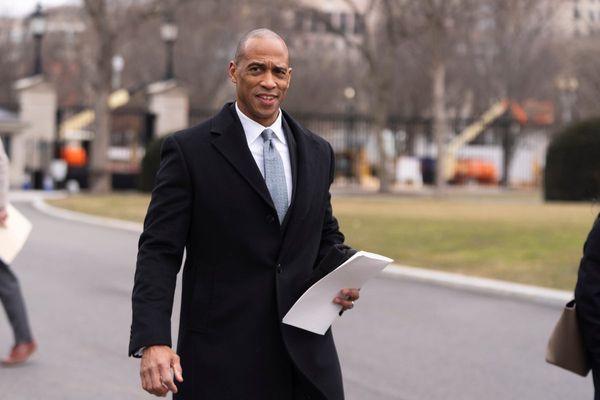
France's political landscape took a surprising turn this week as the left wing emerged as the projected winner in the parliamentary election, leading to a hung parliament. This unexpected outcome comes after the far-right party initially appeared poised for victory following the first round of voting.
French President Emmanuel Macron's decision to dissolve the national parliament and call for a snap election on June 9 was met with skepticism due to the timing, with the Olympics looming on the horizon. However, Macron defended his decision as a response to the will of the French people, giving them the opportunity to choose their government representatives.
The first round of elections on June 30 saw the far-right National Rally (RN) leading with 31.5% of the vote, followed by the left-wing New Popular Front (NFP) with 27.99% and Macron's Ensemble alliance with 20.76%.



As the possibility of a far-right victory loomed, a strategic move unfolded as over 200 candidates from Macron's centrist party and the left-wing alliance withdrew from the race to prevent vote-splitting and block the far-right party from gaining a majority of 289 seats.
The collective effort to thwart the far-right's ascent seems to have succeeded, with current projections indicating that the New Popular Front is set to secure 177 to 192 seats, followed by Macron's Ensemble party with 152 to 158 seats, and the RN with 138 to 145 seats.
This unexpected outcome underscores the dynamic nature of French politics and the strategic maneuvers employed by various parties to shape the composition of the parliament. The implications of a hung parliament will undoubtedly lead to complex negotiations and coalition-building efforts in the days ahead as France navigates this new political landscape.







